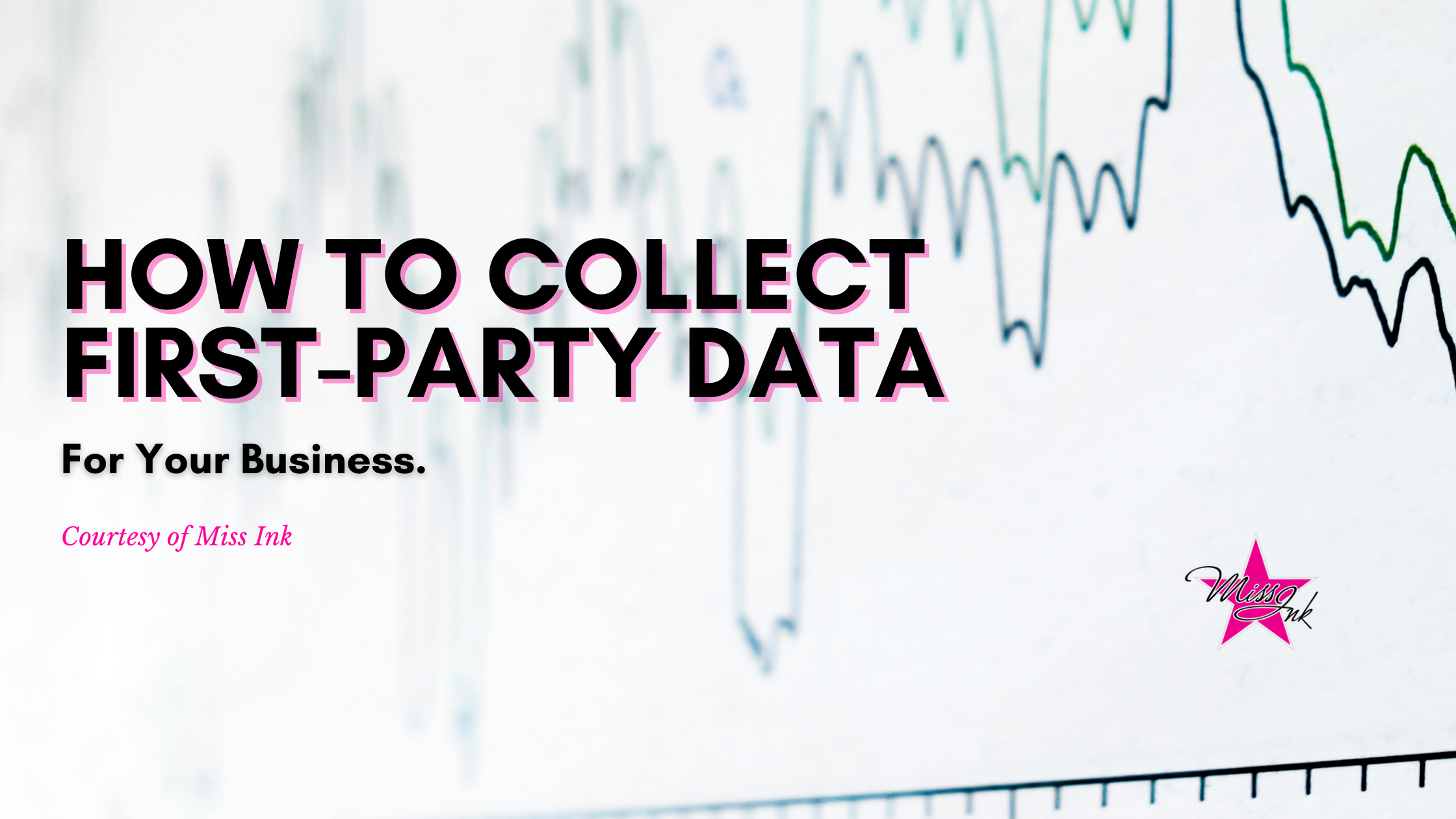You may know by now that Facebook´s iOS 14 policies and Google´s privacy updates are coming into effect, which means that the way businesses target their campaigns is changing and will continue to do so. With the iOS 14 allowing users to opt-out of being tracked by apps, and with Google removing third-party cookies, ultimately what these policies will result in, is the reduction of targeting options, and the data obtained from third-party sources.
Now more than ever is the time to start thinking about how to collect valuable data for your business, that you can use for future campaigns or other marketing strategies, without relying on third-party data.
What’s The Difference Between First-Party and Second-Party Data?
First of all, we have to discuss what each source of data means:
- First-party data: This is the information that is collected directly from your customers or audience. This kind of data includes data from behaviors, interests, or specific actions taken across your apps or website, subscription data, social data, and the information you have in your Customer Relationship Management (CRM, a technology for managing your business´ interactions and relationships with customers and potential customers). This data only comes from your efforts.
- Second-party data: This is essentially someone else´s first-party data. You purchase second-party data directly from the company that obtained and owns it, which means it comes from one source and can be considered to be accurate. To purchase this kind of data, you need to interact directly with the organization that originally collected the information.
- Third-party data: This is data that is bought from outside sources that are not the original collectors of said data. This information is gathered from data aggregators that pull it from different platforms and websites where it was generated.
Ways To Collect First-Party Data.
The evidence is clear – first-party data should become a priority for your business. Here are some ways to collect valuable data focusing on pay-per-click strategies:
- Lead generation forms: Advertisers can collect user information by adding lead generation forms in the landing pages or within the ad itself. This option is offered by a multitude of channels, including LinkedIn, Google, Facebook, and Quora. These forms can be used to collect as much or as little information needed to reach your marketing goals.
- Use custom questions: Using custom questions can help you re-qualify your data or better segment users. This is especially useful when you have a very specific buyer persona you want to target or a specific campaign you want to launch. This will save you a lot of time in the future. Use the questions that are better suited for your business and your future marketing strategy.
- Use different channels: You can start to try out different channels to reach more people, both organically and through advertising. Each platform has different targeting options, which can allow you to find new users willing to come to your website or app and give their personal information.
Aside from the pay-per-click strategies, you may also want to consider the following tips:
- Focus on brand-building: Before focusing your efforts on actively collecting data, you´ll want to focus on your brand. Consider what is it that makes your business unique and makes people want to give you their information. Why would someone want to subscribe to your newsletter? Why would they want to download your guide? Think about the value you´ll give your audience and work on improving it because people are more willing to give their information to a brand they can trust.
- Create customer incentives: People are not likely to give you their information without good reason, which is why you´ll want to present incentives that users will want in exchange for their data. Those incentives may include exclusive access to offers for users who sign up for your newsletter or offering premium content or special services unavailable to guest users.
- Create different newsletters based on audience interests: Instead of having a single newsletter for everybody, it is better to offer users the ability to sign up for multiple newsletters based on their interests. This will make audiences funnel themselves into different predetermined segments, which will assure more engagement since they will receive what they asked for, and you´ll have valuable data directly from them.
- Simplify the registration process: Whether you are gathering information organically or through advertising, make the registration process simple, so subscribers are more likely to complete it.
Having first-party data will help you with your online marketing strategies, from social media to digital ads and more. At Miss Ink, we are ready to help you develop a full-scale marketing plan, including gathering first-party data. Contact us to learn more: (305) 537-6465.



